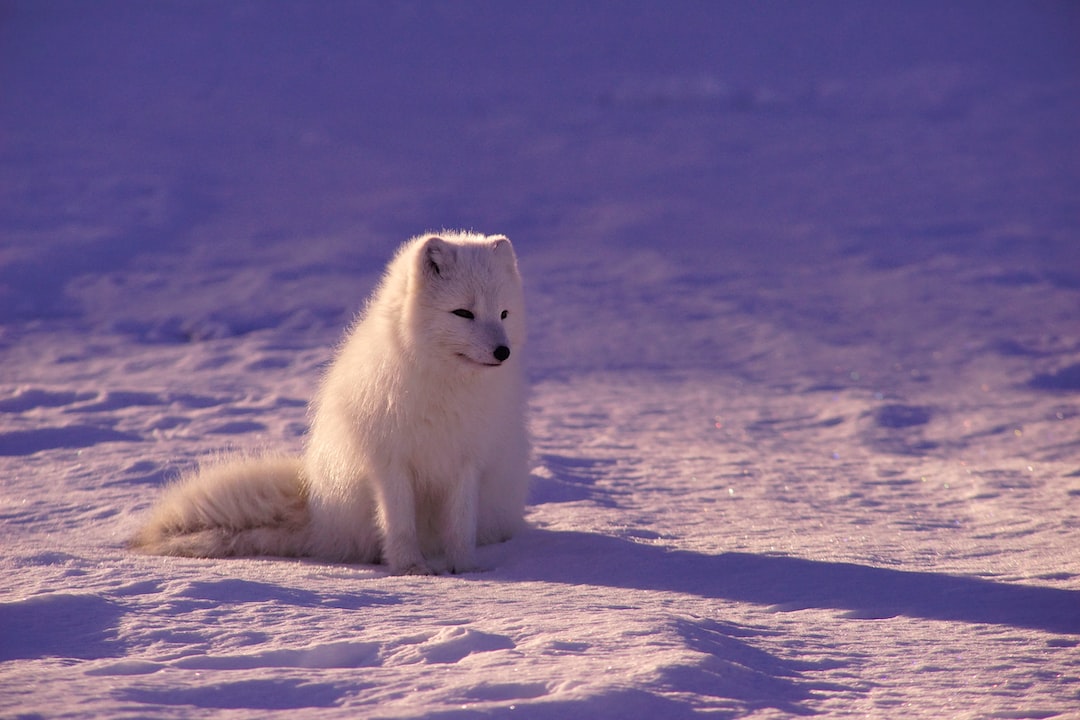Desert animals have adapted to the harsh environment of the desert in order to survive. They have developed unique and diverse ways to deal with extreme temperature changes, shortage of food and water, and predators. Desert animals have become experts at living life in the desert, with some animals demonstrating extraordinary adaptations that have helped them not only survive, but thrive in these challenging conditions.
One of the most common adaptations of desert animals is their ability to conserve water. Desert temperatures can get extremely high during the day and extremely low at night. To deal with these conditions, desert animals have developed specialized organs that allow them to conserve water. For example, the dromedary camel can store over 100 liters of water in its stomach and can go up to a week without drinking any water. Similarly, desert rodents like the kangaroo rat and the desert mouse can get all the water they need from their food, meaning they do not have to drink any water at all.
Another crucial adaptation of desert animals is their ability to dig burrows. Desert animals dig deep tunnels in the ground to escape the heat of the day and the extreme cold of the night. These burrows also provide protection from predators, and many desert animals spend most of their lives underground. The fennec fox is one such animal that lives in the desert and is known for its ability to dig burrows underground to escape the heat of the day.
Many desert animals also have adaptations to help them deal with food shortage. Some animals like the desert tortoise can go up to a year without eating anything. They have developed a slow metabolism and can store food for long periods of time in their bodies. Other animals like the desert iguana have specialized guts that enable them to extract water from the food they eat. This allows them to survive on a diet of dry, desert plants that would be impossible for other animals to digest.
Finally, many desert animals have camouflage adaptations that help them blend in with their surroundings. This helps them avoid predators, and also hides them from their prey. For example, the sand cat is a nocturnal predator that blends in perfectly with the sandy desert terrain, making it difficult for its prey to spot it. Similarly, the desert scorpion has developed a highly effective camouflage that helps it escape detection from its predators.
In conclusion, desert animals have adapted to their unique and challenging environment in a variety of ways. From their abilities to conserve water, dig burrows, survive on very little food, to their incredible camouflage skills, these animals have remarkable adaptations that make them well-suited to life in the desert. Their adaptations are a testimony to the resilience and adaptability of nature, and provide a source of inspiration for us humans to learn from and emulate.

